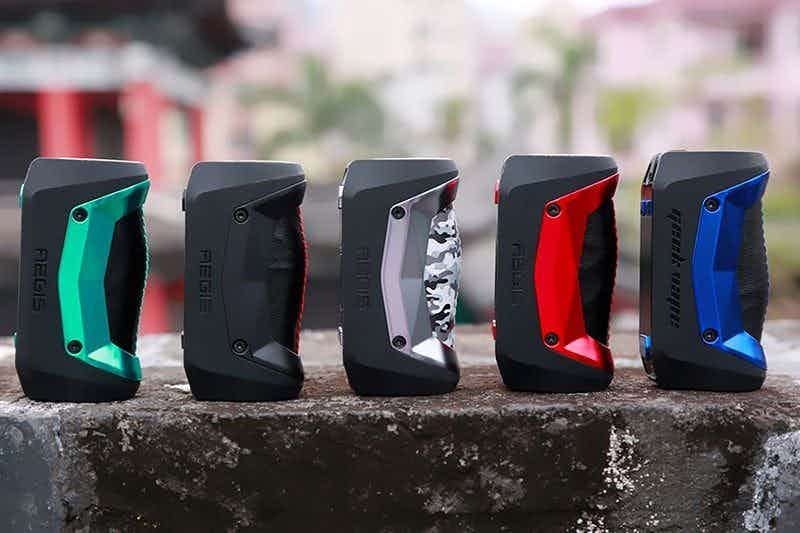Introduction to Vape Designs
As vaping continues to gain popularity among consumers, the diversity of vape designs has expanded significantly. Each design not only reflects the aesthetics of the device but also heavily influences user experience. This article explores how different vape designs affect the overall experience for users, including factors such as usability, portability, and performance.
Types of Vape Designs
There are several common types of vape designs—cigalikes, vape pens, pod systems, and box mods. Each category offers distinct features tailored to various user preferences.
Cigalikes resemble traditional cigarettes in form and size, making them an appealing choice for smokers transitioning to vaping. Their simplicity, however, often limits customization and vapor production.
Vape pens are slightly larger than cigalikes and offer a better battery life and a larger e-liquid capacity. Typically, they provide a more satisfying throat hit and produce more vapor, catering to users seeking a more robust experience.
Pod systems boast a compact design and user-friendly operation. Often refillable or pre-filled, they serve well for those prioritizing convenience and discreetness. With many pod systems offering adjustable wattage and airflow control, users can find a balance that suits their vaping style.
Box mods stand out for their versatility, allowing advanced users to customize wattage, temperature control, and airflow settings. The larger sizes of these devices may limit portability but significantly enhance the overall vaping experience through robust flavor and vapor production.
Usability and User Experience
The design intricacies of a vape device can make a substantial difference in usability. A well-designed vape provides seamless functionality, such as easy-to-press buttons for firing and adjusting settings. In contrast, complicated configurations can frustrate users, especially novices.
For example, pod systems often prioritize ease of use; many come with draw-activated systems that eliminate the need for buttons altogether. On the other hand, box mods require a learning curve, as users must familiarize themselves with settings and options.
An effective design also considers ergonomics. Individuals may prefer devices that fit comfortably in their hands, enhancing the experience. Models that are heavy or awkward to hold can detract from the overall enjoyment of vaping.

Portability and Aesthetics
Portability is a significant consideration for vape users who prefer on-the-go convenience. Compact designs such as cigalikes and pod systems fit easily in pockets or purses, making them ideal for users who venture outdoors or travel frequently.
Conversely, larger box mods, while powerful, are less portable. They may suit individuals who prioritize performance at home over convenience. However, the aesthetics of a device can influence user choice significantly. Sleek, modern designs often attract younger audiences, while classic finishes appeal to more traditional users.
Performance Factors
A vape’s performance is significantly influenced by its design. Generally, devices with adjustable airflow and wattage settings allow for a customizable vaping experience. Users can fine-tune their device to produce desired vapor production and flavor intensity.
Advanced designs with high-quality materials and construction can positively impact heat dissipation and consistency of vapor production. Additionally, coil types and tank designs can affect the overall vaping experience, as they determine how well the device performs under different settings.
Conclusion
In conclusion, the design of a vape plays a crucial role in shaping the user’s experience. From usability and performance to portability and aesthetics, each design element contributes to how enjoyable and satisfying the vaping experience can be. Understanding these aspects can help consumers make informed decisions when selecting their ideal vape device.




